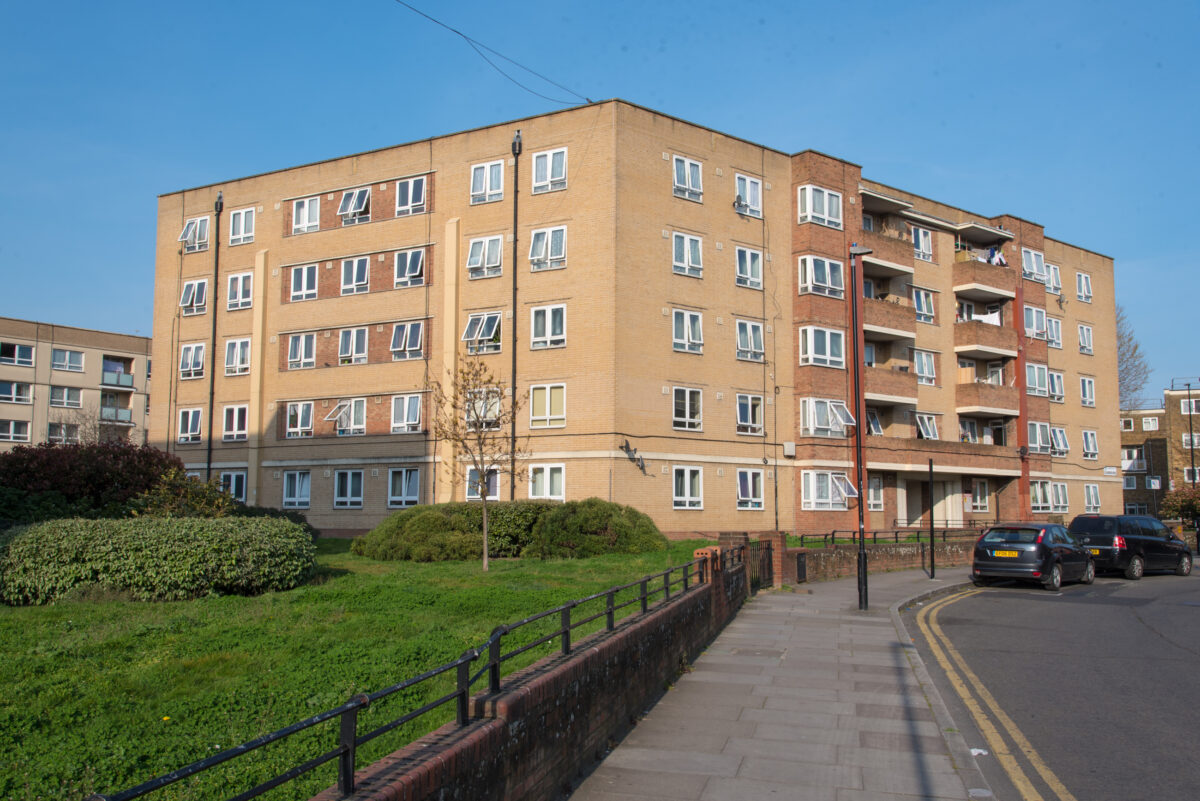A Brief History of Time
Housing affordability, or more precisely the lack of it, has been the perennial policy issue of the past decade. Successive Governments have appreciated the scale of the problem, if not the effectiveness of the tools with which they have chosen to address them.
Subsequently, a seemingly endless slew of schemes, initiatives, and re-heated ideas (and no small amount of funding) have been thrown at the task at hand, but with very mixed results. The consequences for those on the periphery of society have been nothing short of catastrophic.
Looming Threats
The past 40 years has seen the state very deliberately reduced the role of public bodies in the direct provision of housing, see Municipal Dreams by John Broughton for an excellent overview of this sorry state of affairs. Councils, once a leading provider of new housing, have been removed from the picture almost entirely.
Housing Associations, now the state’s preferred deliverer of social housing, have never been able to match the numbers of their Local Government counterparts. Whilst a move to a ‘property owning democracy’ has seen the deliberate failure to replace housing sold via Right To Buy, decimate social housing stock levels.
The National Housing Federation (NHF) estimates an additional 350,000 homes per year are required until 2031, with 145,000 of those each year needing to be an Affordable housing product (NHF 2020).
For context with the 241,000 homes completed in 2018-19, was a 30 year high. In short, both Government and the Market have failed to produce the housing we need as a country.
Consequently, and perhaps somewhat bizarrely, England becoming increasingly reliant on the market to deliver social housing. Just over 40% of all social and affordable housing units were delivered via Section 106 (S106) obligations in the period 2015/16 – 2018/19 (MHCLG, 2020 Live Table 1000S). This is manageable in a rising housing market, but as we head towards a sharp economic downturn, it is unlikely to remain the case.
Putting it bluntly, developers do not develop when the we are in a recession, well at least nowhere near as much. So, whilst there will be a certain amount of ‘flow through’ for S106 agreements from developments already in motion, we are likely to see a drop in social housing being delivered through this part of our planning system.
More problematic is this Government’s choice of direction on housing policy means we’re likely to see even fewer social rent units being delivered. Its flagship policy, the First Homes initiative, will heavily rely on S106 contributions as a delivery mechanism (MHCLG 2020) thus the (already low) output of submarket rented homes will reduce further.
The sums involved are not insignificant. NHF estimates increases in current grant provision, to the tune of £1bn per year (NHF 2020), would be required to mitigate the loss of sub-market rented homes from S106 due to the rebirth of this aborted Starter Homes programme.
Required Approaches, History Repeating
So, what can reasonably be done? During the Covid19 crisis we have seen some extraordinary, justified, Government interventions. It is necessary to extend such moves further into the housing market. Housing is by one of the key policy areas where Government can drive counter cyclical measures.
By providing capital funding at a time when many developers will be scaling back production, we can keep elements of the economy moving. It is estimated that for every £1 spent on construction, output stimulates £2.84 in Gross Domestic Product (Capital Economics 2019) and thus for a Government, this is money well spent.
Over the long term the figures are significant.
In its report for the LGA (and others), Building New Homes – an updated economic appraisal, Capital Economics estimates that up to £320bn could be generated through increased economic activity (LGA 2020).
Elsewhere, as and when developers get into trouble during the market downturn, going back to the future may provide the way forward. The National Housing Clearing Scheme successfully saw the Housing Corporation (as was) provide £350million for the purchase of 9,600 homes following the 2007/08 crisis (Hansard 2009).
It enabled the addition of stock into the social rented sector, whilst enabling developers struggling to shift completed units off their books. Indeed it’s been one of the key recommendations from the Commons Select Committee for Communities and Local Government Interim Report on protecting rough sleepers and renters (CSCCLG 2020) and a reboot of the scheme should be a serious consideration.
Combating housing inequality needs public funding
For decades with have held back some of the most effective tools to combating housing inequality and market dysfunction in the UK. Sustained and expansive, publicly funding, housing development.
It is no coincidence that the greatest number of homes were built when Local Government was enabled to directly provide public housing. This needs to be revisited in earnest otherwise we are doomed to repeat the errors of the previous decades.


One reply on “Capital funding can keep the economy moving”
And yet no comment about land prices? The continuing deregulation of banking and credit to fuel land prices, land banking creating a false scarcity, Right-to-buy, Buy-to-let, Help-to buy and the extension of mortgages to 40 years, all inflationary as an asset, but not any relation to local incomes.
Houses should not be assets to trade and therefore values based on trading as a commodity, rather than local incomes as per 1960’s.
Until these root causes are tackled all else is window dressing, very disappointed.